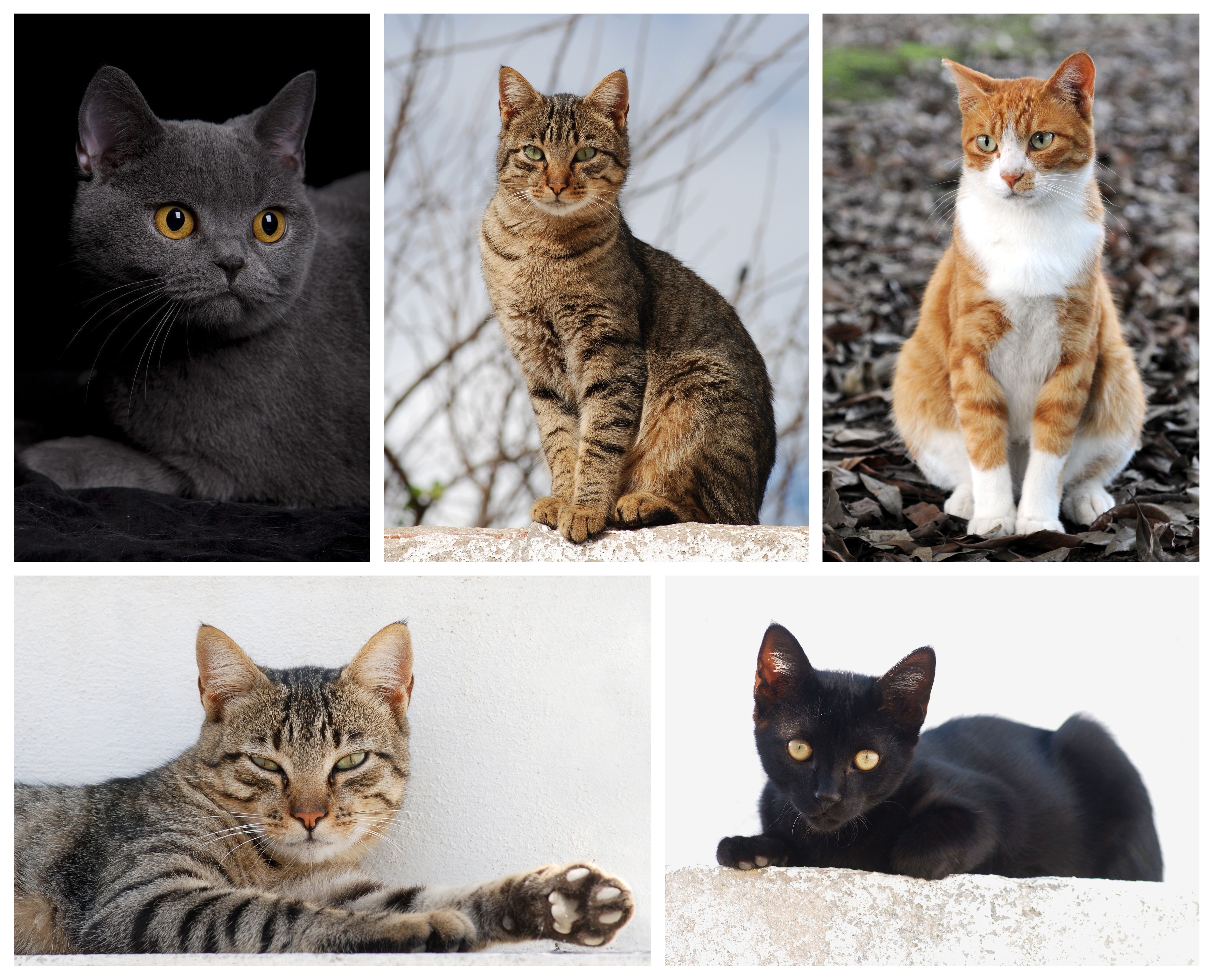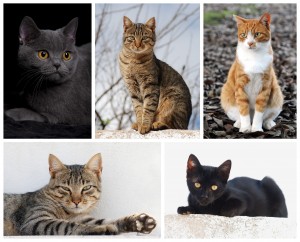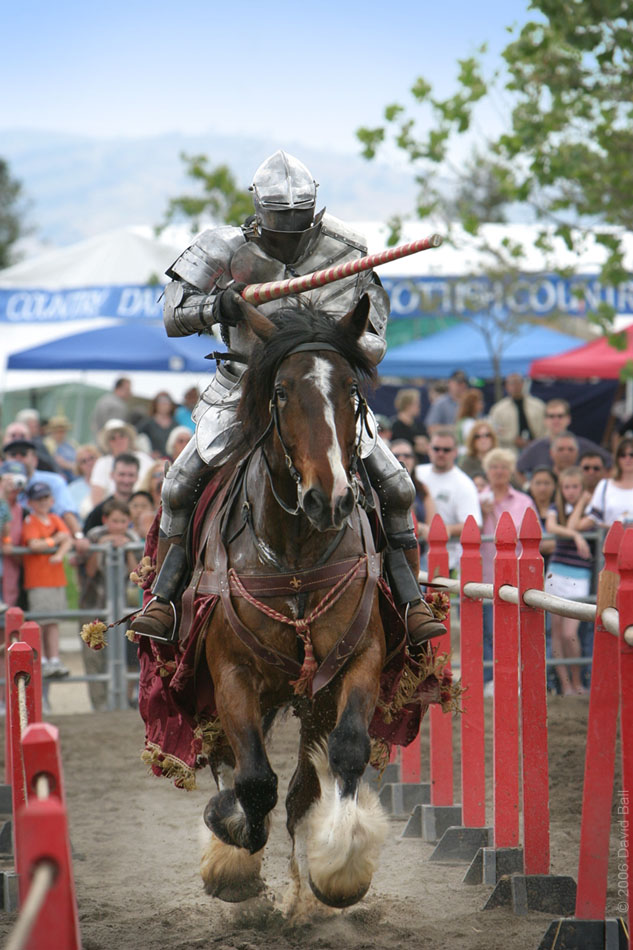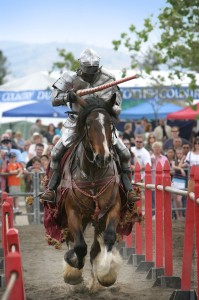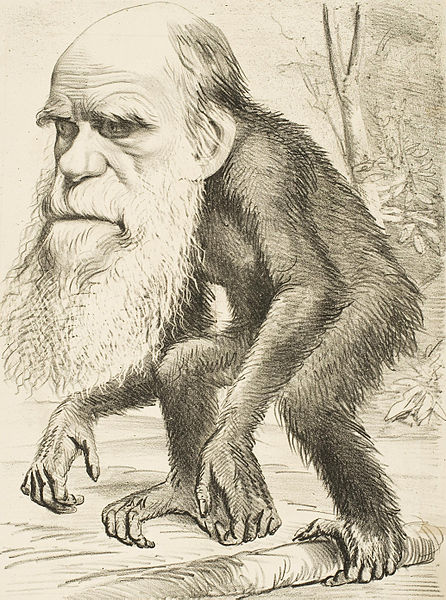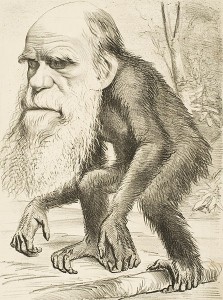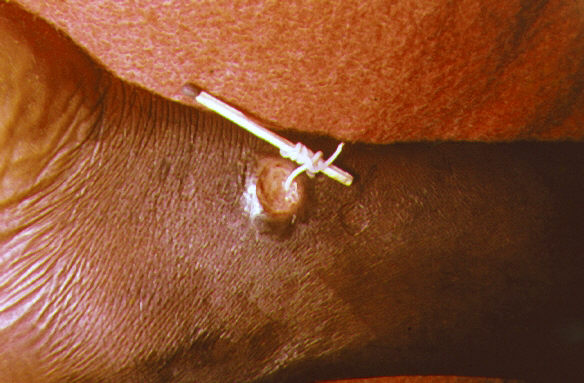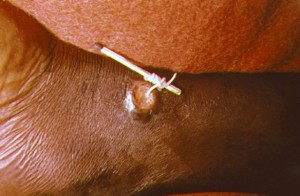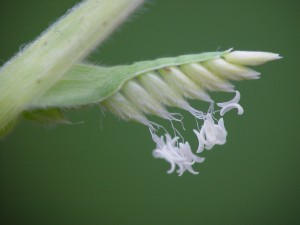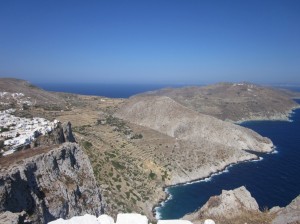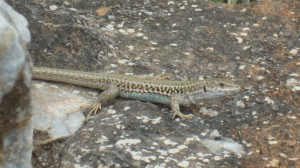Cats eh? You either love them or you hate them it seems. Well the latest research published in Nature by Loss et al. (2013) will give those who hate them plenty more reason to do so. While those who love their cats may just sit that little bit less comfortably next to their feline companions.
Let me start by making a few things clear. Cats are predators, they are an invasive species which have been introduced to islands all over the world, by man. In many places domestic cats have become feral, i.e. reverted to living in the wild, which has led to huge increases in their numbers in some places, which can have a devastating effect on indigenous wildlife populations. For a more detailed and somewhat depressing example of where this has occurred read about Stephens Island in New Zealand. Famously a lighthouse keeper’s cat had been blamed for the extinction of an entire species on this island though it seems that reports may have been somewhat exaggerated in this case.
The report in Nature is more scientifically robust than urban legends about a lighthouse keeper’s cat though. Figure 1 below shows just how devastating domestic cats can be on local wildlife populations. The graphs show the estimates of predation by domestic cats on (a) birds and (b) small mammals.
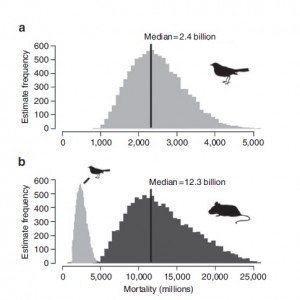
The numbers are startling, an estimated 2.4 billion birds are killed by cats every year in the US and 12.3 billion mammals. Incredible numbers I’m sure you will agree, there is however a caveat; only 31% and 11% for birds and mammals respectively are caused by what the writers class as “owned cats”, cats which are regularly kept indoors and well fed. While the majority of the mortality is thought to be caused by free roaming “unowned” cats. Incidentally there has recently been some debate about wind farms and their impact on local bird populations but this excellent blog and another recent Nature piece put the numbers into perspective in terms of other anthropogenic causes of bird deaths.
As those responsible for the domestication and introduction of cats, we can’t lay all the blame at the feet of our feline friends. First of all we need to somehow effectively manage the populations of feral and “unowned” cats and while this has been attempted with the Trap-Neuter-Return movement, it has been viewed as a response based on regarding feral cats as part of the native fauna rather than the invasive aliens that they are , therefore largely unscientific and ineffective. Secondly pet owners can take several measures of their own, neuter or spay your cat while keeping your cat indoors at night can vastly reduce their impact on local wildlife.
Author
Keith McMahon: mcmahok[at]tcd.ie
Photo credit
wikimedia commons

